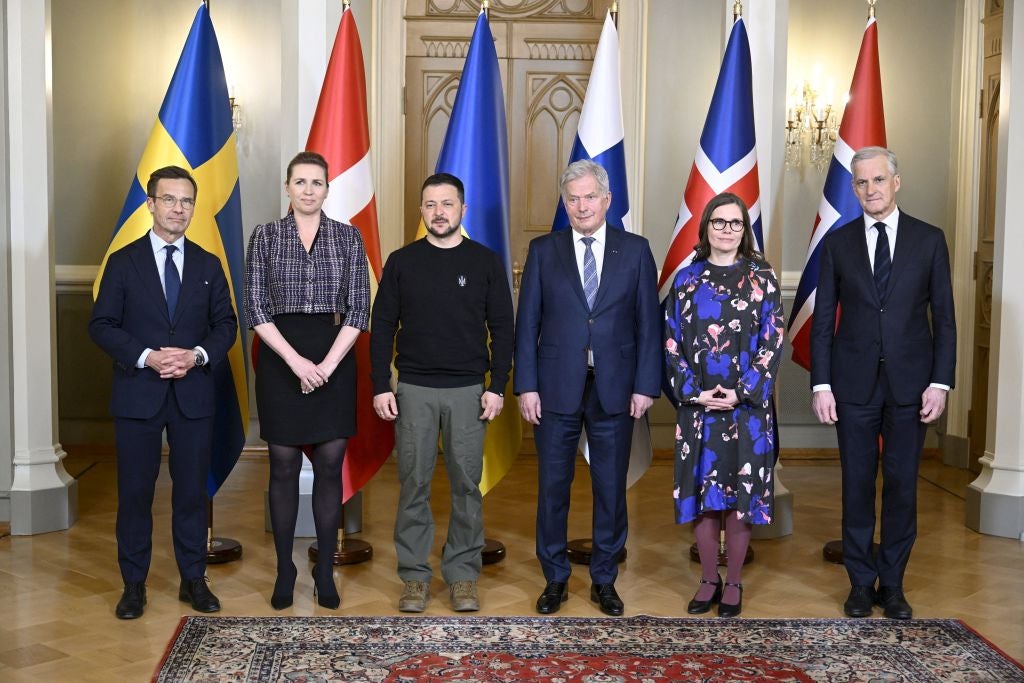
Norway declared in a recent statement that it intends to boost its defence spending to at least 2% of its gross domestic product (GDP) by 2026.
The country will outline the steps it will take to achieve this goal at the upcoming NATO Summit in Vilnius this June.
Norwegian Prime Minister Jonas Gahr Støre announced the commitment to increase spending on 2 May, and stated that the security landscape in Europe has been altered by Russia’s aggressive war against Ukraine, and that the Norwegian Armed Forces and its defence alliance must be further strengthened. The Government has announced that one of its primary focuses in the upcoming years will be to enhance defence and emergency preparedness.
In 2014, a unanimous agreement was reached among all NATO member countries to adhere to the 2% of GDP defence investment guideline by the year 2024. It has been almost a decade since the goal was established, but so far there has not been a clear commitment from Norway to allocate 2% of its GDP to defence.
Prior to the announcement, Norway had been expected to spend 1.6% of its GDP in Defence, forecasted to rise to 1.7% by 2027, according to GlobalData’s ‘Norway Defense Market 2022-2027‘ report. The Nato figure for Norway’s defence budget in 2022 was $8.4bn.
Norway’s armed services
According to the International Institute for Strategic Studies (IISS) Military Balance 2023 report, Norway sustains ‘small but well-equipped and highly trained armed forces,’ and describes Norway’s Long Term Defence Plan, published in 2020 as one with a gradual increase in personnel numbers with further measures aimed at strengthening its capabilities in the High North.
Norway has always had a strong incentive to spend adequately on their defence, because of the border it shares with Russia and as well as Norway’s proximity to the High North, said James Marques, defence and aerospace analyst at GobalData, adding that this is will only become more relevant in the coming years.
“Their expertise in Arctic warfare is prized in the alliance and many foreign troops train there,” Said Marques. “I think they’re also going to feel a pressure of sorts to ensure they’re adequately prepared to work closely with their new Swedish and Finnish allies, a natural choice for Scandinavia. There is already some cooperation but always room for more.”
Marques predicts that procurement highlights will include the F-35 fighter jet and P8 Maritime patrol vessel, underlining the nation’s role in guarding Nato’s Northern flank. Norway will also require military spending to backfill tank and artillery donations to Ukraine.
According to the IISS 2023 Military Balance, Norway’s navy has six submarines, four Frigates, and 13 patrol and coastal combatants in its fleet. Its land forces include three reconnaissance battalions, one armoured infantry brigade and one light infantry battalion. Norway’s airforce has 45 combat capable aircraft.
Norwegian Minister of Defence Bjørn Arild Gramme emphasised the crucial importance of meeting NATO’s 2% target for national security. “It is already clear that we need to expand our Armed Forces, and use more resources to enhance our presence throughout our area of national responsibility, particularly in our territorial waters.”
Economic headwinds
The funding required for this remains uncertain and is contingent on Norway’s GDP projections for 2026, among other factors.
Norway’s economy is forecast to grow at a slower pace through 2023, due to lower export demand, according to a GlobalData report on the macroeconomic outlook for Norway. High levels of inflation and tighter monetary policies are also driving down growth, with labour demand and wage growth set to be impacted.
Norwegian Minister of Finance Trygve Slagsvold Vedum, described the decision to raise spending as an increase in the ‘premium’ on insuring peace. “We must devote more of our common resources to defence, security and emergency preparedness. It is necessary to further increase allocations to the Norwegian Armed Forces in the years ahead.”




